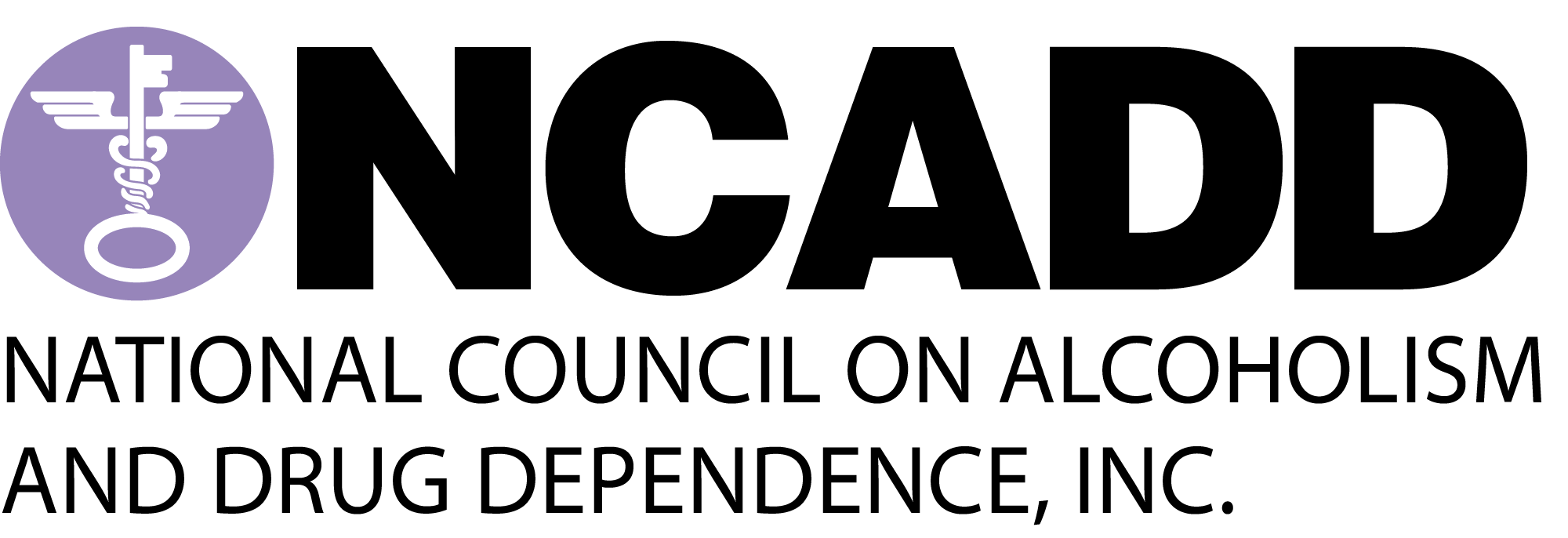Alcohol and drug use among employees and their family members can be an expensive problem for business and industry, with issues ranging from lost productivity, absenteeism, injuries, fatalities, theft and low employee morale, to an increase in health care, legal liabilities and workers’ compensation costs.
The impact of alcoholism and drug dependence in the workplace often focuses on four major issues:
- Premature death/fatal accidents
- Injuries/accident rates
- Absenteeism/extra sick leave
- Loss of production
Additional problem areas can include:
- Tardiness/sleeping on the job
- After-effects of substance use (hangover, withdrawal) affecting job performance
- Poor decision making
- Loss of efficiency
- Theft
- Lower morale of co-workers
- Increased likelihood of having trouble with co-workers/supervisors or tasks
- Preoccupation with obtaining and using substances while at work, interfering with attention and concentration
- Illegal activities at work including selling illicit drugs to other employees
- Higher turnover
- Training of new employees
- Disciplinary procedures
In addition, family members living with someone’s alcoholism or drug use may also suffer significant job performance related problems — including absenteeism, lack of focus, increased health-related problems and use of health insurance.
Alcohol Use
Two specific kinds of drinking behavior significantly contribute to the level of work-performance problems: drinking right before or during working hours (including drinking at lunch and at company functions), and heavy drinking the night before that causes hangovers during work the next day.
And it isn’t just alcoholics who can generate problems in the workplace. Research has shown that the majority of alcohol-related work-performance problems are associated with nondependent drinkers who may occasionally drink too much — not exclusively by alcohol-dependent employees.
While alcoholism can affect any industry and any organization, big or small, workplace alcoholism is especially prevalent in these particular industries:
- Food service
- Construction
- Mining and Drilling
- Excavation
- Installation, maintenance and repair
Prescription Drugs
There is always a level of risk when using any drug including prescription or over-the-counter medications.
Drug reactions vary from person to person. If you are taking a drug you haven’t had before, you won’t know how it will affect you. It’s important to follow your doctor’s advice when taking prescription drugs and discuss any side-effects and how this might impact on your work.
The effects of prescription drugs such as benzodiazepines (e.g. Xanax®) can have an impact on your work and you should discuss these with your doctor. Long term use in particular may become problematic.
What can the workplace do?
Work can be an important and effective place to address alcoholism and other drug issues by establishing or promoting programs focused on improving health. Many individuals and families face a host of difficulties closely associated with problem drinking and drug use, and these problems quite often spill over into the workplace. By encouraging and supporting treatment, employers can dramatically assist in reducing the negative impact of alcoholism and addiction in the workplace, while reducing their costs.
Without question, establishment of an Employee Assistance Program (EAP) is the most effective way to address alcohol and drug problems in the workplace. EAPs deal with all kinds of problems and provide short-term counseling, assessment, and referral of employees with alcohol and drug abuse problems, emotional and mental health problems, marital and family problems, financial problems, dependent care concerns, and other personal problems that can affect the employee’s work. This service is confidential. These programs are usually staffed by professional counselors and may be operated in-house with agency personnel, under a contract with other agencies or EAP providers, or a combination of the two.. Additionally, employers can address substance use and abuse in their employee population by: implementing drug-free workplace and other written substance abuse policies; offering health benefits that provide comprehensive coverage for substance use disorders, including aftercare and counseling; reducing stigma in the workplace; and educating employees about the health and productivity hazards of substance abuse through company wellness programs.
- Research has demonstrated that alcohol and drug treatment pays for itself in reduced healthcare costs that begin as soon as people begin recovery.
- Employers with successful EAP’s and DFWP’s report improvements in morale and productivity and decreases in absenteeism, accidents, downtime, turnover, and theft.
- Employers with longstanding programs also report better health status among employees and family members and decreased use of medical benefits by these same groups.
Some facts about alcohol in the workplace:
- Workers with alcohol problems were 2.7 times more likely than workers without drinking problems to have injury-related absences.
- A hospital emergency department study showed that 35 percent of patients with an occupational injury were at-risk drinkers.
- Breathalyzer tests detected alcohol in 16% of emergency room patients injured at work.
- Analyses of workplace fatalities showed that at least 11% of the victims had been drinking.
- Large federal surveys show that 24% of workers report drinking during the workday at least once in the past year.
- One-fifth of workers and managers across a wide range of industries and company sizes report that a coworker’s on- or off-the-job drinking jeopardized their own productivity and safety.
Some facts about drugs in the workplace:
- Workers who report having three or more jobs in the previous five years are about twice as likely to be current or past year users of illegal drugs as those who have had two or fewer jobs.
- 70% of the estimated 14.8 million Americans who use illegal drugs are employed.
- Marijuana is the most commonly used and abused illegal drug by employees, followed by cocaine, with prescription drug use steadily increasing.
